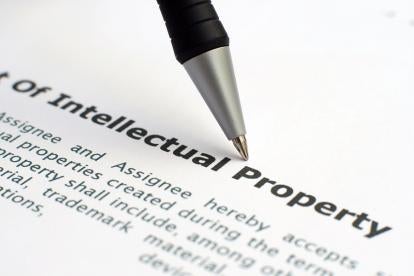Any system of property rights functions best when all parties know the metes and bounds of the property. Our patent system is no different, and that is why the ongoing, two-day Patent Quality Summit at the United States Patent and Trademark Office (“PTO’s”) is so significant.
The Summit is part of the PTO’s Enhanced Quality Initiative. As newly-confirmed Director Lee said in kicking-off the event, the PTO is now in a position to “focus more than ever on building a world-class patent quality system for American entrepreneurs and innovators.”
The attention to patent quality is important and part of a larger effort to improve the reputation of the patent system and improve its functioning for inventors and innovators. Patent owners should have a clear understanding of what property rights they have, and those who use inventions every day should be able to determine from a patent what is protected.
The Leahy-Smith America Invents Act (“AIA”) gave the PTO additional tools to enhance patent quality, including an improved process for third parties to submit information about a pending application, a new opposition proceeding available for nine-months after a patent issues, and better funding for the PTO. Patent quality ultimately relies, however, on the attention of the PTO and the professionals who work there. Director Lee’s focus on patent quality is therefore an important step in implementing the AIA and curtailing litigation based on ambiguous claims.
No one should expect that the Initiative will overtake or replace the legislative effort to reduce abusive patent litigation. After all, the AIA was largely about giving the PTO the tools needed to more quickly examine and issue patents with higher quality claims, but there remain calls for further patent legislation because improving the quality of newly issued patents does not address the quality of patents already in the system.
If properly done, however, the combination of the AIA and the PTO’s Initiative can rejuvenate the patent system. A witness who testified yesterday before the House Judiciary Committee in favor of patent litigation reform explained that the business model of bad actors is based on the “abundance of poor quality patents.” Newly issued patents should be of high quality, with clear claims, and therefore not susceptible to that form of abuse. All participants in the system will benefit if that happens.



 />i
/>i


